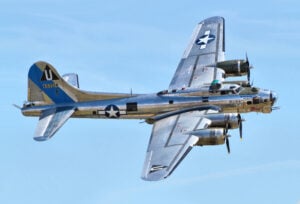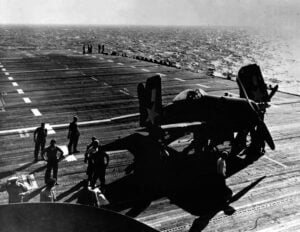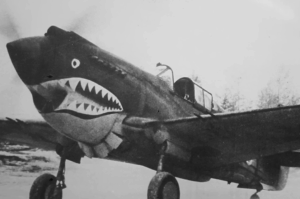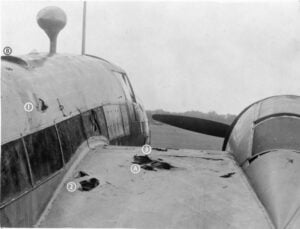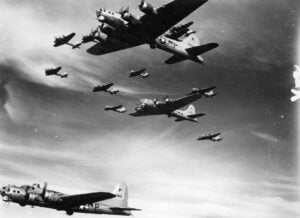8 Details You Didn’t Know About the AVG ‘Flying Tigers’
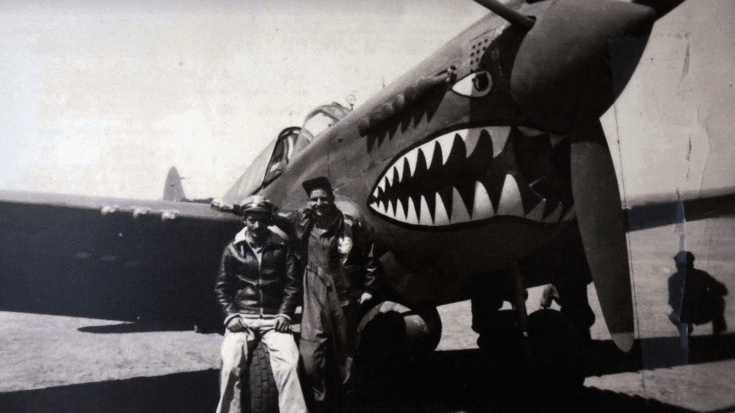
Ravenswood Productions / YouTube
In the challenging times that marked the final stretch of 1941 for America, amidst the shadows of World War Two, a glimmer of hope and bravery emerged known as the Flying Tigers. This small cadre of volunteer pilots from the United States became the unexpected heroes, chalking up victories against their adversaries in the skies over distant China. Their actions provided a beacon of hope at a time when it was sorely needed, aligning them with other heroic figures of the era such as the Royal Air Force pilots who defended the United Kingdom during the Battle of Britain.
The story of the Flying Tigers is not just about their aerial triumphs; it’s a tapestry of unique and often overlooked details that contributed to their legendary status. Here’s a closer look at some of those lesser-known aspects:
#1 — Outside of the U.S. Military’s Framework
Contrary to common belief, the Flying Tigers were not part of the official U.S. military ranks. They were, in essence, adventurous pilots who left their military careers to become civilian contractors for the Central Aircraft Manufacturing Company (CAMCO), a Chinese corporation. CAMCO was part of a broader effort to support China’s defense against aggressors via a financial and logistical framework established with the help of American stakeholders. This arrangement was unique, blending the lines between military commitment and mercenary engagement.
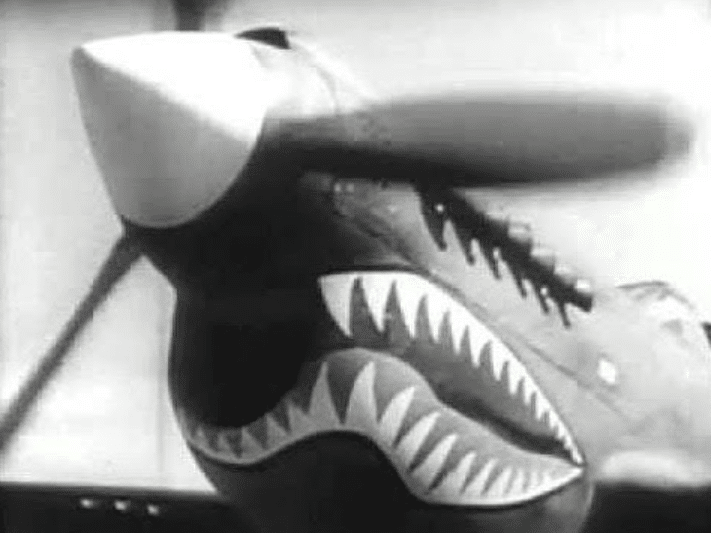
#2 — Bounty Hunters in the Skies
One of the most intriguing aspects of the Flying Tigers was their compensation scheme. Beyond their monthly wages, they were enticed with substantial bonuses for each enemy plane they brought down—creating a bounty hunter-like arrangement. This system was not officially documented but was instead communicated through verbal assurances, ultimately fulfilled by the Chinese government.
#3 — An Undefeated Record
Despite facing overwhelming odds, the Flying Tigers maintained an unmatched record in aerial combat. They engaged in numerous battles without suffering a single defeat, a testament to their skills, strategies, and sheer determination. This remarkable feat has solidified their place in history as one of the few military units to achieve such a distinguished status.
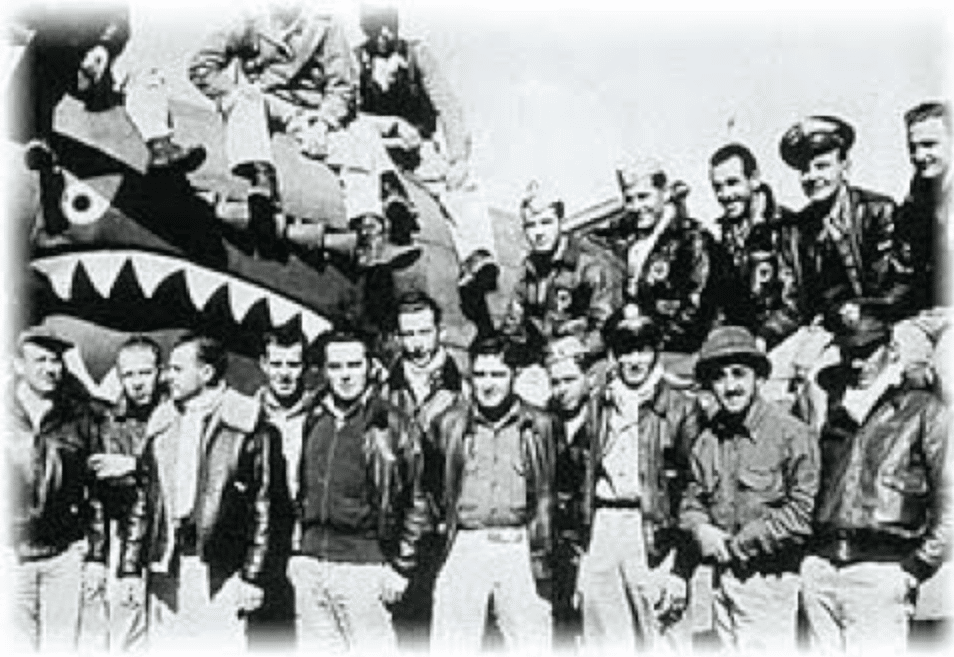
#4 — A Brief yet Bright Blaze of Glory
The operational tenure of the Flying Tigers was surprisingly short-lived, spanning only about seven months. During this brief period, they managed to leave an indelible mark on the aerial warfare landscape of World War Two, demonstrating that duration does not detract from the significance of their contributions.
#5 — Led by a ‘Civilian Farmer’
At the helm of the Flying Tigers was Claire Lee Chennault, a figure whose background was as diverse as it was fascinating. Officially, Chennault, a former U.S. Army aviator who had transitioned to a farming career, was roped back into the fray under the unique title of an advisor to the Chinese military. His leadership was instrumental in the formation and success of this eclectic group of pilots.
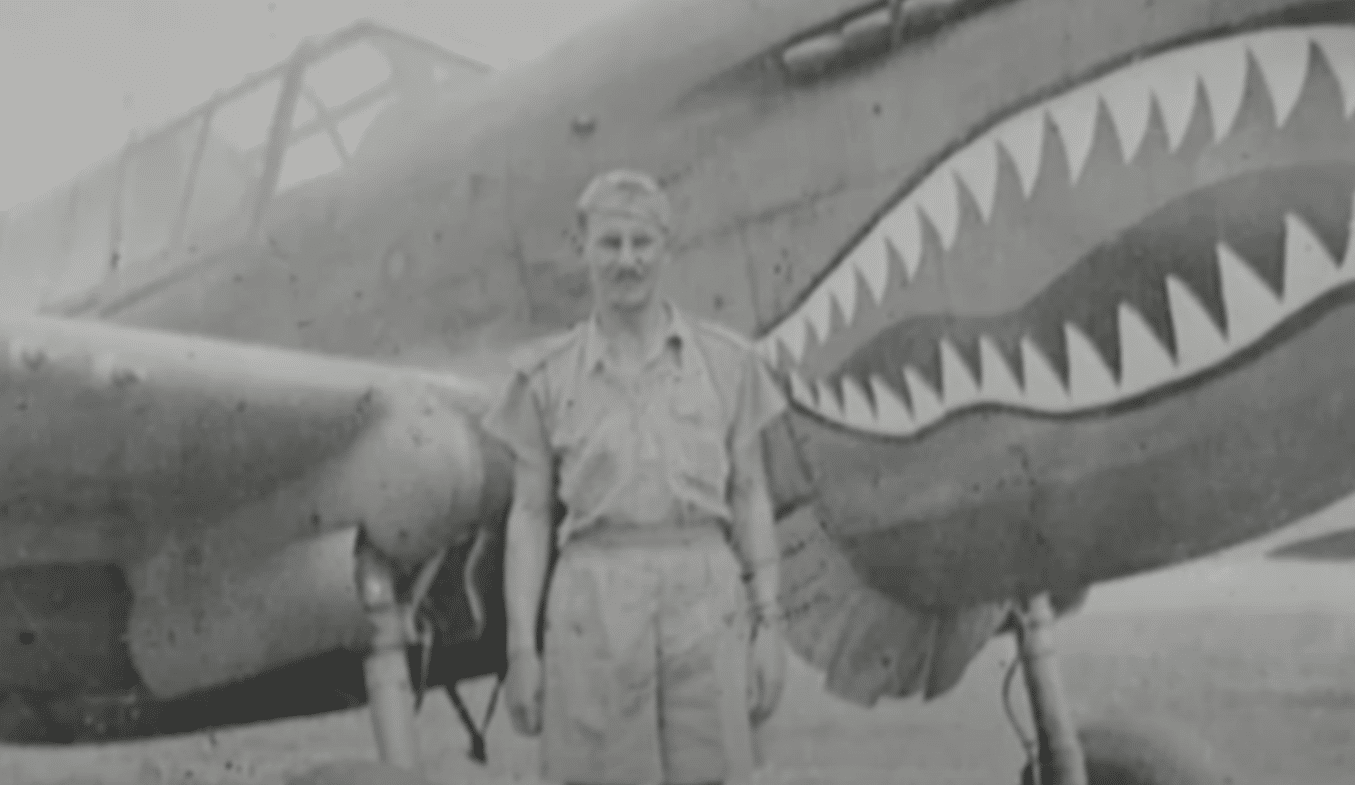
#6 — Unconventional Titles for Pilots
Reflecting the covert nature of their operations, Flying Tiger pilots were issued passports listing alternative occupations, masking their true roles. This subterfuge extended to humorous lengths, with some pilots being assigned completely incongruous job titles, adding a layer of intrigue and secrecy to their missions.
#7 — Operational Ambiguity
The existence of the Flying Tigers floated in a gray area of legal and political ambiguity. President Franklin Roosevelt, keen on supporting China yet mindful of the United States’ official stance of neutrality, facilitated their formation in a manner that bypassed conventional legalities. This delicate balancing act was indicative of the complex geopolitical dynamics of the time.
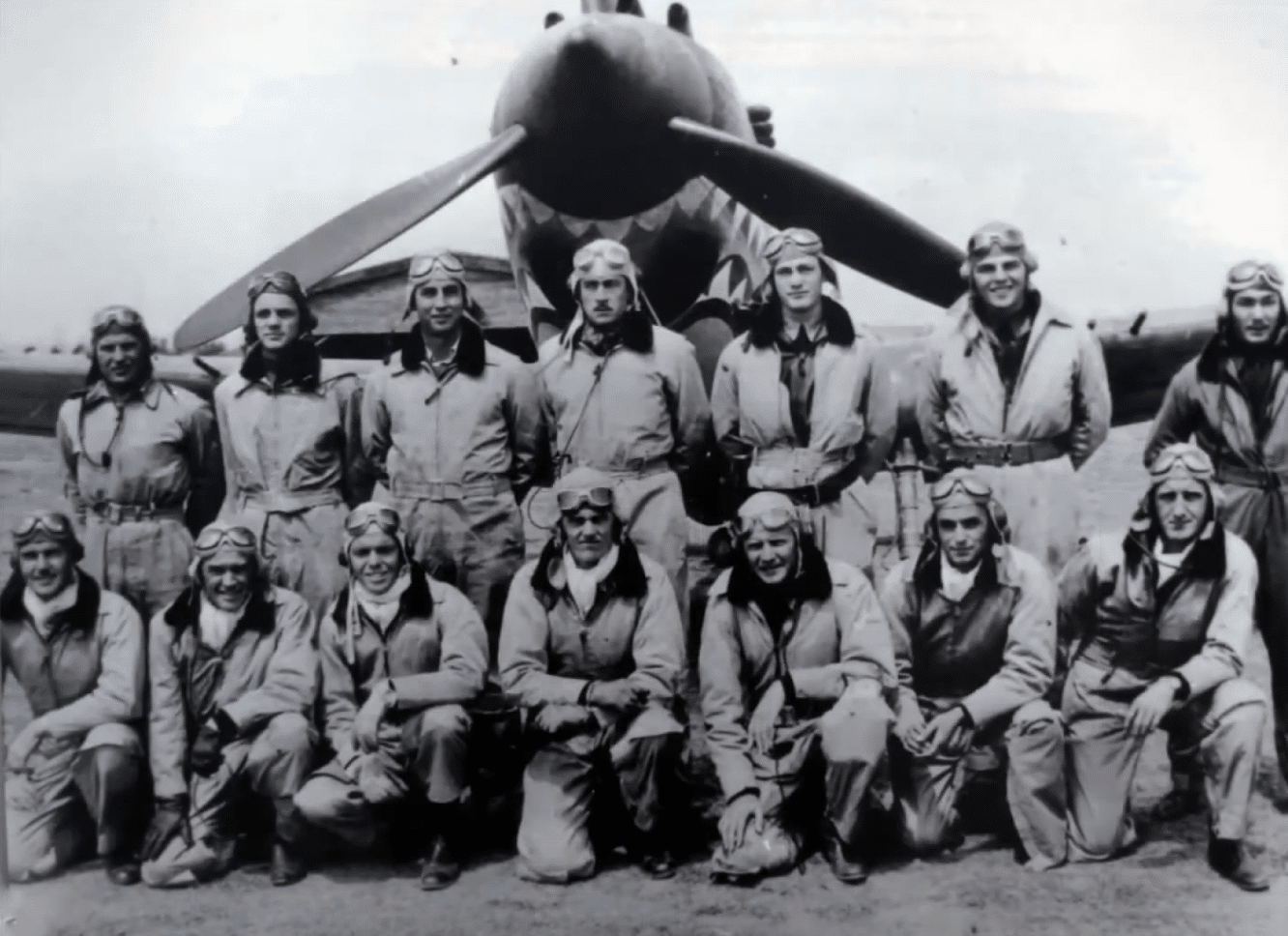
#8 — Striking the First American Blow
In an audacious move that epitomized their fearless spirit, a group of Flying Tiger pilots undertook a daring raid, marking one of the initial American offensive efforts of the war. This action, carried out by civilian contractors rather than official military personnel, symbolizes the unique position the Flying Tigers held in the early days of America’s involvement in World War Two.














